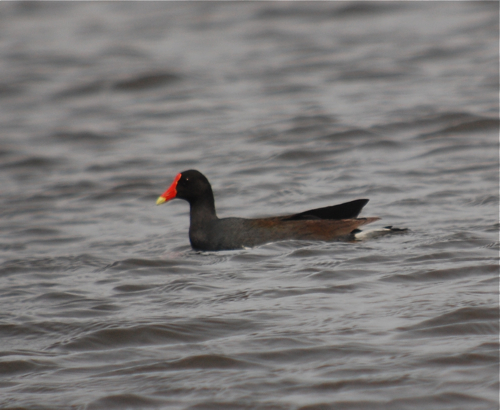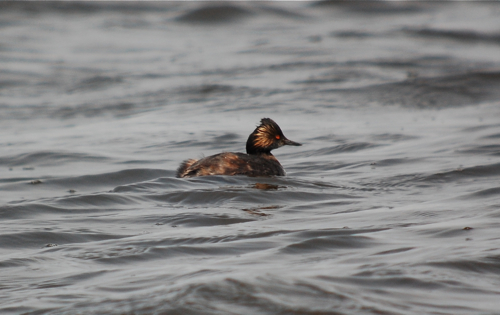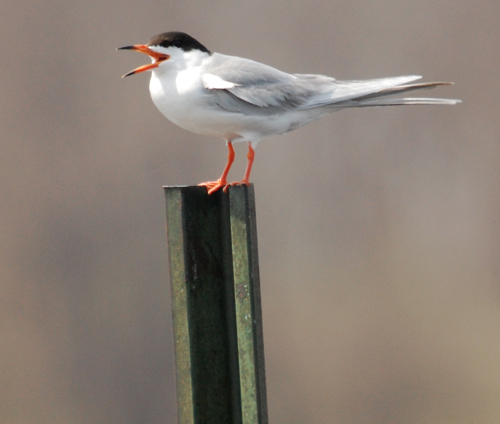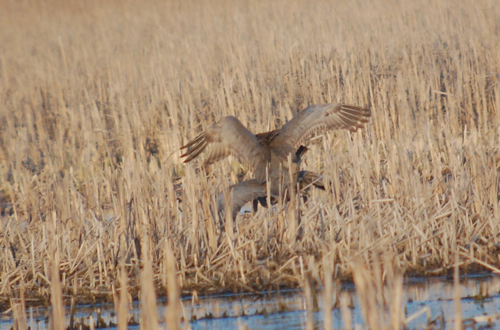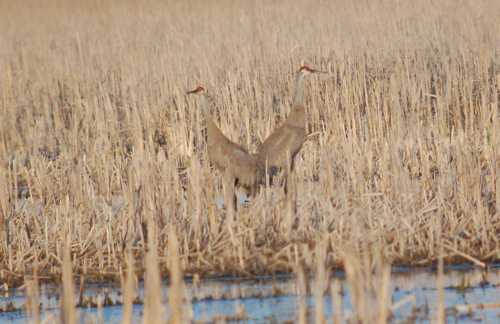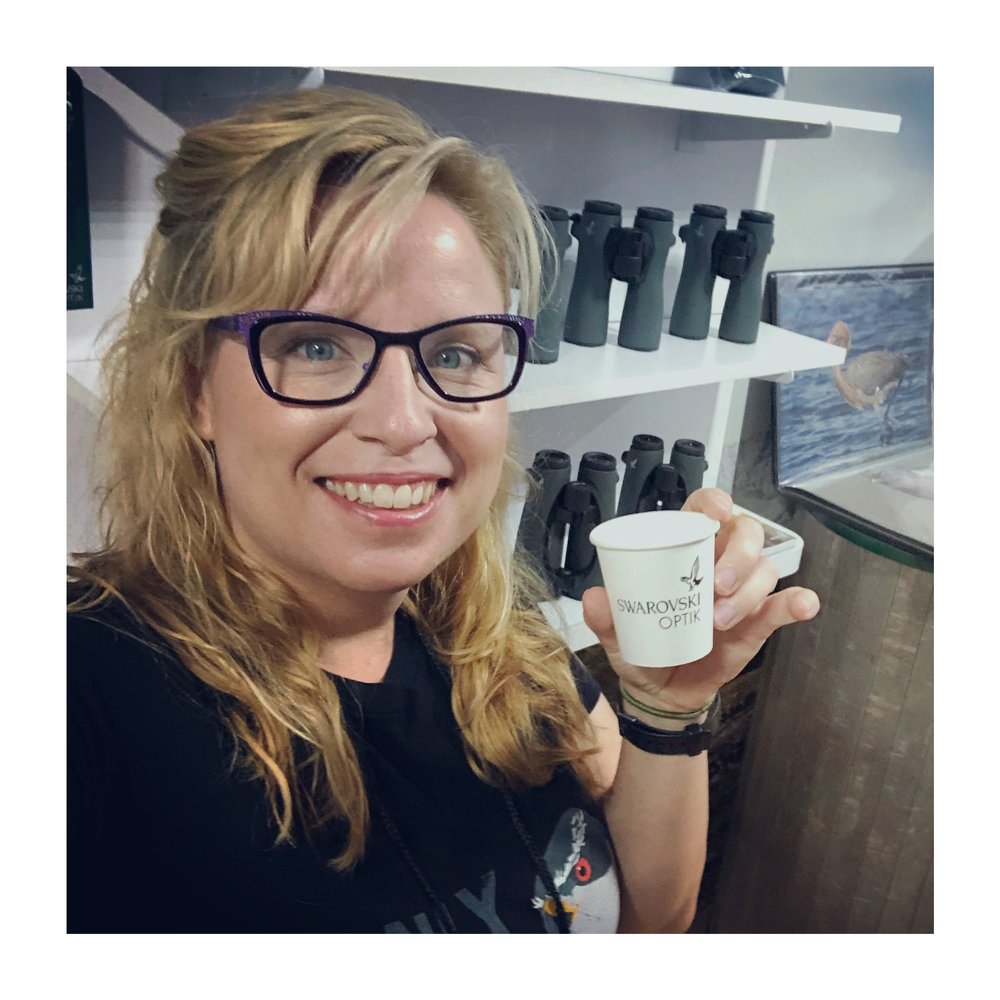I did a bunch of traveling in May and haven't really had a chance to sit and breathe and really focus on the wonderful birding to be had. It started with the Horicon Marsh Bird Festival in Wisconsin. This is a smaller festival and forgoes some of the traditional things like name badges and packets for participants. It doesn't matter, this festival is run by local bird club and they truly love this marsh and know you will love it too.

Here's the view from the driveway to the visitor center of this vast wetland--you can't help but feel your birdy senses tingling when you approach that view. You can enjoy the marsh via car, hiking and canoe, but I spent most of my three days along Dike Rd which offered excellent views and digiscoping opportunities and the birds seemed to change by the hour during migration. What you got at 10am may not be what you would get 2 hours later.

Since this area was a bit further south of me, I was able to run into migrants that had not reached the Twin Cities yet like the above rose-breasted grosbeak. This was one of my last morning of birding, we were walking along Northern Road--a great place for spring warblers a little patch of trees among near the marsh.

Here's a very cooperative black-and-white warbler we found during our field trips. If you've never seen one of these, they are a weird little warbler. It has the warbler shape, but it's colored like a female downy woodpecker and creeps on the trunks of trees like a nuthatch or brown creeper. What it lacks in color, it makes up for in interesting character. We had a great warbler time until we found the following vexing warbler on Dike Road:

Ugh, I would expect this sort of dull warbler in the fall, but the spring?? We consulted several guides trying to figure this out and went into my default mode of digiscoping as many shots as I could to consult field guides later. There was a male Cape May warbler nearby and I wondered if this was a first year female who had not gone into her breeding plumage yet.

I posted it on my Facebook wall and many more knowledgeable folks than I dull looking warblers said, "Pine warbler!" Even Kenn Kaufman said, "Incidentally, on p. 418 of my new KFG to Advanced Birding, there's an illustration of a bird very much like the one in your photo." It's so handy having access to such knowledgeable folks on Facebook. That new edition of Kenn's book is a very handy guide for someone who feels good about their yard birds and is ready to graduate to learning the difference between shorebirds, warblers, gulls and flycatchers.

Since the leaves weren't quite on the trees yet, it made finding the blindingly red scarlet tanager less of a challenge. I love these birds and since I have such a great Swarovski Spotting Scope, I love to give people a chance to see this bird. There was one woman who was hanging around in back and she tried looking through the scope but didn't see the bird. As some of our group was moving along with another field trip leader, I made it my mission to get it for her. I can tell when someone actually sees a bird in the scope and when someone tries to politely fake it (they don't want to be a burden to the rest of the group) but I told her to stick to me like glue and as soon as I left my eyepiece to get in there. When I got the tanager in again, I should "Move, move, move," like a football coach, she jockeyed into position, there was a pause and then an unadulterated, "OH!"
I knew she had it then. That's one of the things I really enjoy on field trips is hanging with the people who have trouble with a bird, even one that might be common for most and giving them a really good look.
More on Horicon later.
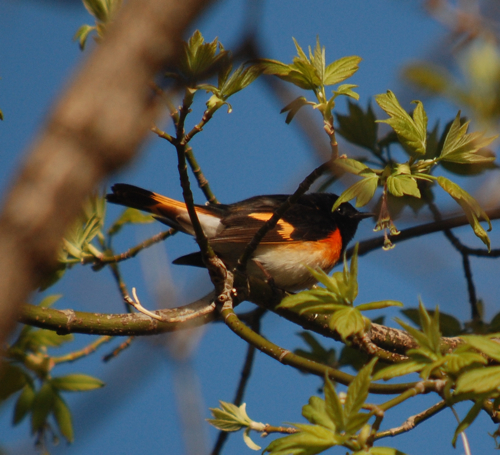 Hey, remember in May when I went to Horicon Marsh? It's funny, I've always been the sort of blogger who puts stuff up as she goes, never one with a backlog of material but as the Internet has changed to interacting with people via Facebook and Twitter, I don't blog as much and now I have a glut of back posts and photos. Last week on one of my bird surveys, I found a yellow-throated vireo, then a Tennessee warbler and even a yellow-rumped...a pang hit me--an early mixed flock? Fall warbler migration! Noooooo! Perhaps it was the long, slow cold spring (I wore gloves in June) but it seems like it was only two weeks ago that I was watching warblers like the above American redstart pop in through new leaves.
Hey, remember in May when I went to Horicon Marsh? It's funny, I've always been the sort of blogger who puts stuff up as she goes, never one with a backlog of material but as the Internet has changed to interacting with people via Facebook and Twitter, I don't blog as much and now I have a glut of back posts and photos. Last week on one of my bird surveys, I found a yellow-throated vireo, then a Tennessee warbler and even a yellow-rumped...a pang hit me--an early mixed flock? Fall warbler migration! Noooooo! Perhaps it was the long, slow cold spring (I wore gloves in June) but it seems like it was only two weeks ago that I was watching warblers like the above American redstart pop in through new leaves.![]()
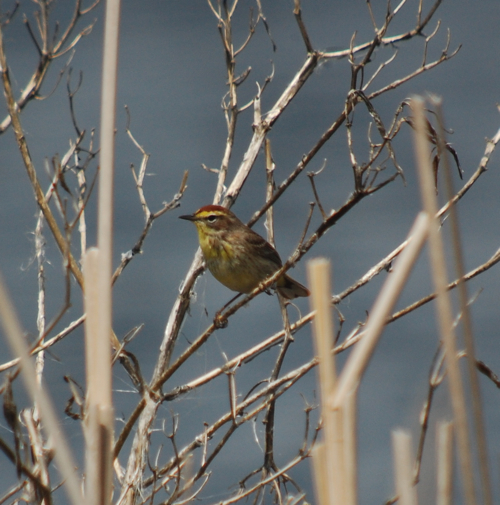
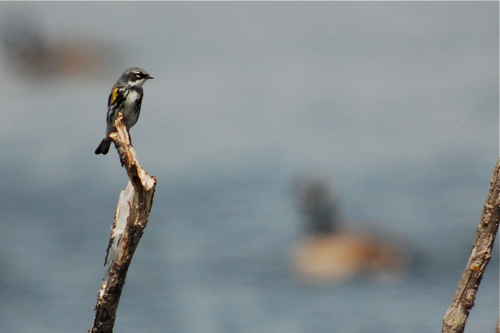
![]()
